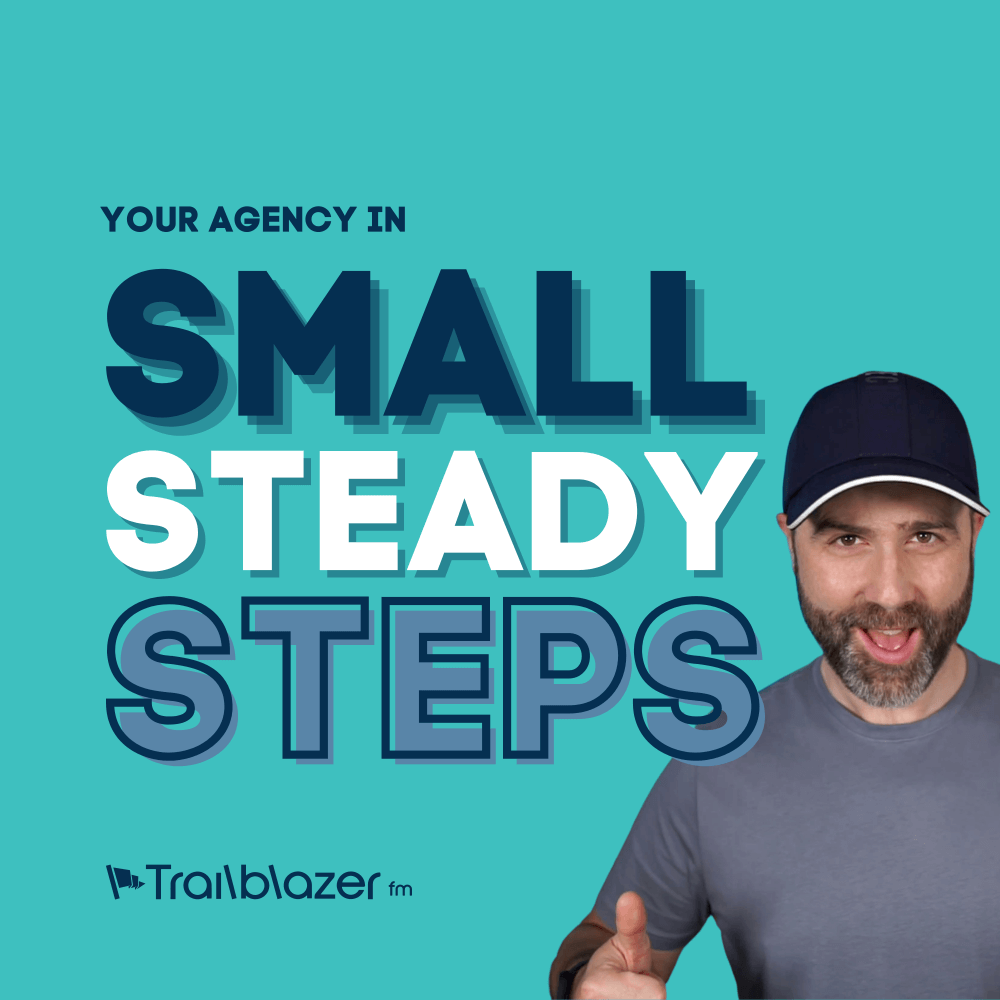
Social media metrics to measure success
Easy to understand social media KPIs
Lost in a sea of social media analytics? Wondering if what you post on social media is actually beneficial to your business? No clue what to set as your key performance indicators?
We realised we did not fully understand what activities we engage in online are effective, so we decided to establish some measurables.
In this post and video, I share our core social media metrics to monitor our success.
Background
As an agency, we are investing a lot of time in social media. We have well over 300 podcast episodes and 100s of videos, blogs and livestreams. We were “everywhere” and yet not measuring the success of the activities we were engaging with.
Essentially, we put out all this content and didn’t market it effectively. The strategy was to share it a couple of times and hope for the best.
Not the best social media strategy!
Focusing on the outcome
As digital agencies, we are usually more focused on outcomes for our clients. We so often forget about the outcomes for ourselves. With that in mind, we noted 4 key outcomes we wanted to see and measure as a result of our content strategy and social media activities.
- Audience growth
- Lead generation
- Content conversions
- Community engagement
- Brand awareness
Measuring social media success
Knowing the desired outcomes, we can begin to reverse engineer how we might track each one.
Audience Growth
We recognised we’d stagnated over time. The podcast audience wasn’t growing, YouTube views were low. The Facebook community attracting less and less people.
It didn’t take long to create a report that highlighted views, listens and subscribers. This would become our starting base and we would then review every month. We would see:
- What had attracted the most views/listens (and do more of it)
- What had prompted people to hit the subscribe/follow button
It didn’t take long for us to realise we were making some very simple mistakes on YouTube that was affecting our “discoverability”. We’d neglected our YouTube SEO, failed to make effective notes and had not thought out those all important YouTube thumbnails.
By going back to specific videos, and applying best practices, we were able to see the sharp increase in watch time the videos were now getting. This helped us prioritise YouTube SEO as high as a “snappy title”.
Lead generation
Whilst our hope is that people will consume our content, and apply it to their lives or business, we also hope that some may become customers where we can help them further.
We consider the following as leads:
- Email subscriptions / content upgrades
- Event enquiry
- Course enquiry
- Sponsorship enquiry
Having established our key lead generation channels, we could now monitor our content to see what types of content generate each type of lead. For example we found a content upgrade on a podcast massively increases our email subscriptions vs a simple request to join our mailing list.
Content conversions
There are many ways to measure a conversion. Therefore we listed out what we would consider a conversion we want to track:
- YouTube subscription
- Lead magnet download/email subscription
- Course/event ticket purchase
- Sponsorship
We could now focus on what videos lead to a YouTube subscription, or what podcasts lead to people downloading the content upgrade and so on.
The data is there when you know what it is you are looking for.
We’ve now a much better idea of the sorts of topics that would lead to a lead magnet download, or a YouTube subscription that we ever had before!
Community engagement
It didn’t take us long to work out why people were not engaging.
- We were not asking the right questions in order to get people to comment.
- We were not replying to and engaging with those who did post.
These two points were self-fulfilling. Limited comments, and a lack of reciprocal engagement from ourselves was affecting our “discoverability” yet again. YouTube and other social platforms are less likely to put your content in front of others when it attracts little to no activity.
Moving forward we focused on posting content that would encourage people to share their own stories or opinions. We experimented with questions and content that would prompt a response from the reader.
Again, the data is always there. We were able to look with tools such as Publer at our overall engagement across platforms vs previous months, both at a high level, and per post level.
Knowing the outcome we want, we learn from the posts that show the best results and try to do more!
Brand awareness
Possibly the hardest to measure, but also vitally important to us. As we build our brand equity, we increase our audience, leads, conversions and grow our reach. Everything feeds each other.
Measurements we highlighted included:
- Audience growth – for the podcast and YouTube channel as “subscribers”.
- Increased speaking opportunities – Lee speaking in front of new audiences.
- Backlinks – Other brands linking to our content.
- New brand collaborations – Sponsorship, ambassadorship and more.
Setting yearly targets allows us to see how all of our actives may, or may not be moving the needle to where we want to be.
Keep it simple
Well that’s us, keeping it super simple and not worrying about any complex reporting tools. Not pressuring ourselves to generate thousands in revenue, or hitting 1 million subscribers overnight.
Simply laying it out as it is, setting some achievable goals and agreeing what would class as a measurement or step towards those goals.
Post in a nutshell: When you are planning your social media activities and engaging, be sure to set some measurements, set some outcomes, work towards them. Measure what you are doing, refine, and keep pushing on.
Further resources
Best practices for social media marketing – click here








